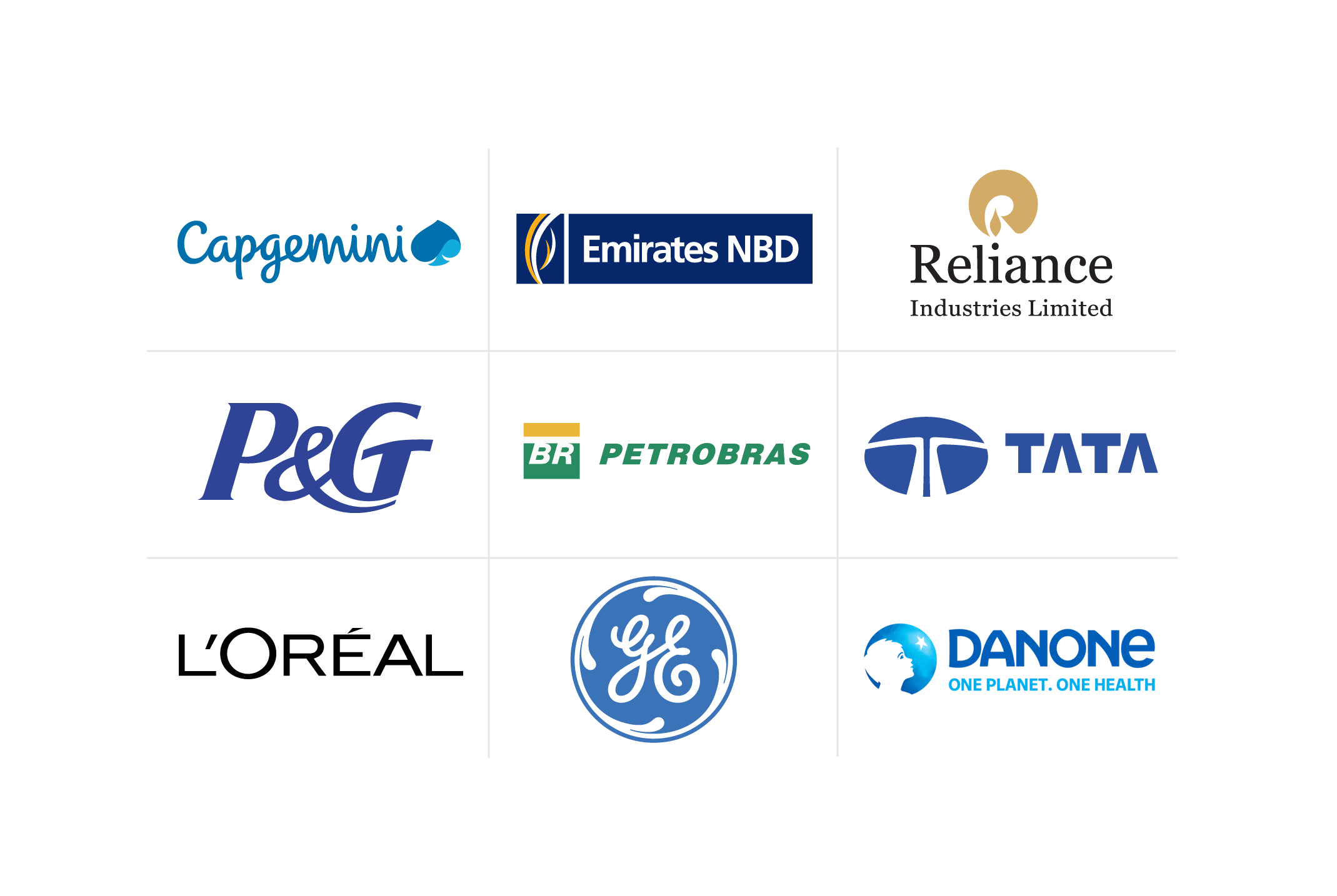Key Performance Indicators for Employees: Benefits, Tips + More
Key performance indicators are adaptable to your organizational priorities, including your workforce. Learn how to utilize indicators for employee excellence to uplift your team.
![[Featured image] Woman at a workstation participating in video learning.](https://d3njjcbhbojbot.cloudfront.net/api/utilities/v1/imageproxy/https://images.ctfassets.net/2pudprfttvy6/1b0SPg02n9gW28HzvGRbRs/cda3c55a399deda312f9921c741b6a95/GettyImages-1213787273.jpg?w=1500&h=680&q=60&fit=fill&f=faces&fm=jpg&fl=progressive&auto=format%2Ccompress&dpr=1&w=1000)
Key performance indicators (KPIs) have roots that trace back to the 20th century, although the use of KPIs has evolved along with various management theories. Frederick Taylor first introduced the concept of having metrics to compare performance to established standards. It was later expanded after David Norton and Robert Kaplan broadened the use of KPIs to various business facets, including learning, customer experiences, and organizational processes.
Modern businesses use key performance indicators (KPIs) in many ways to improve organizational performance, including tracking employee data. By taking the time to analyze employee workflow, project progress, and overall productivity, you can make targeted changes to enhance your employees’ experience and engagement.
Continue reading to further explore elements related to employee KPIs, including basic definitions, examples, and how to choose KPIs suited for your workforce.
What are key performance indicators?
Key performance indicators (KPIs) are metrics you can use within your business to quantify and track the progress of your strategic objectives. These indicators provide a data-driven way to measure how effectively you’re moving towards your goals and provide insight into how you should realign strategies as needed.
You can use KPIs to assess overall performance, known as high-level KPIs, or to examine more granular measures, such as individual employee performance, referred to as low-level KPIs. In general, your high KPIs should focus on the organization’s broad goals and objectives. Low-level KPIs are more operational and focus on day-to-day activities within specific departments or teams.
Types of KPIs
KPIs generally fall into one of two categories: leading and lagging indicators. Both types can provide insights into how your employees and organization are operating.
Leading KPIs: These indicators predict future performance. You can use them to adjust actions proactively and make assumptions about how likely you are to meet your goals. For example, you could use the number of customer clicks on an advertising link as a leading indicator for future sales performance.
Lagging KPIs: These indicators provide information after an employee, team, or company completes an activity. You can use lagging KPIs to assess the performance of specific initiatives. For example, you might look at your total sales over a year or trends in customer satisfaction scores.
Read more: Data Literacy for Business: Your 2024 Guide
How do key performance indicators benefit the team environment?
KPIs benefit organizations in several ways related to employee performance, morale, and keeping goals on track. You might notice utilizing KPIs helps you:
1. Identify performance issues early.
KPIs offer a clear, quantifiable measure of employee performance. Having these insights on hand makes it easier to identify when an employee’s performance deviates from expectations. By identifying concerns early, you can take proactive steps to help your employee address any obstacles and improve their overall productivity.
2. Motivate your employees.
You can motivate employees by setting targets and milestones for which to aim. These goals encourage employees to take an outcome-oriented approach and work toward tangible results, which can help increase engagement and motivation.
Offering incentives, setting reasonable targets, and having clear expectations can help keep employee motivation and morale high. You want to set your employees up for success, creating an environment of encouragement and excitement.
3. Create an environment of learning and development.
When you incorporate KPIs directly tied to learning, your employees can see immediate benefits from taking advantage of available courses and development opportunities. Learning KPIs and employee engagement metrics can help you track how your employees currently engage with learning and development initiatives, and you can use this information to make improvements.
Within your organization, implement corporate learning initiatives that allow employees to earn certificates of completion or other recognition. From this, you can track employee learning through learning KPIs, including course completion and job productivity, and recognize employees for their efforts.
Read more: How to Encourage Positive Organizational Culture

Types of employee performance metrics to track
You can use a mix of quantitative and qualitative measures to track how your employees are performing and predict how your workforce might operate in the future. Doing so helps diversify your KPIs and improve your overall understanding of your business operations.
Quantitative
Quantitative metrics are numerical and provide objective data on various performance aspects. They are particularly useful for measuring employee productivity and efficiency. When designing your strategy to measure these metrics, you can choose to use continuous values, which can take on a range of values including measurements, or discrete values, which measure elements like complaints or the number of new customers using whole numbers.
Examples by industry:
Marketing: Metrics might include how well an employee’s campaign works (e.g., clicks on advertisements), conversion rates, and the estimated return on your investments.
Sales: Common KPIs related to employees include contract values, number of new accounts secured, and conversion rates. These metrics directly correlate to an employee’s impact on business growth.
Technology: Technological project KPIs might include budgeted cost of work for employee contracts, percent work completed, and work velocity.
Customer service: You might examine how effective marketing campaigns are at acquiring new customers and how many customers your employees interact with.
Qualitative
Qualitative metrics assess non-numerical aspects of employee performance, focusing on the quality and impact of work rather than the volume. They include elements like customer satisfaction, customer relations, teamwork, and employee engagement. While data from qualitative surveys or other reports are quantitative, the survey itself is based on employee experiences, focusing more on feelings and opinions.
Examples by industry:
Health care: Metrics may include patient satisfaction, adherence to care protocols, or peer reviews. These indicators help evaluate the quality of care and the patient experience.
Customer service: Examples include customer feedback on services or products or reports of customer experience with an employee.
Technology: Qualitative KPIs for technology projects might include employee self-assessments or customer satisfaction ratings for a product.
Human resources: Examples might involve employee satisfaction, learner satisfaction in training programs, and retention rates.
What makes a good KPI?
A well-designed KPI helps you progress toward your business objectives effectively. Good KPIs are not only insightful but also actionable and closely aligned with strategic goals.
One way to ensure you design impactful KPIs is to first look at the who, what, and how. First, define what you aim to achieve by tracking this KPI. The goal should be well-aligned with your business strategies. Next, identify who is responsible for the metric and assign ownership for accountability. You should be clear on how to measure and report the KPI, choosing accurate methods that you can keep consistent.
Each KPI should also fit into the SMART format, which stands for specific, measurable, actionable, relevant (or realistic), and time-bound. Following this format makes sure that your KPIs are quantifiable and reachable while providing a framework for how and when to assess them.
How to choose KPIs within your workforce
KPIs help track your organizational achievements as a whole while evaluating and enhancing employee performance. To choose the right KPIs for employees within your workforce, think about the following:
Choosing indicators that align with your industry as a whole
Focusing on KPIs that match employee development goals
Defining KPIs clearly and transparently
Segmenting KPIs that are individual to departments or teams
Looking at trends in your data
Leaving room for adjustment
Explaining the purpose of each to your stakeholders
Build your team’s data skills on Coursera
Implementing KPIs for employees provides several significant benefits, contributing to success on individual and organizational levels. Equip your employees with the skills needed to analyze and interpret data and drive faster, better business decisions with the Data & Analytics Academy from Coursera. Offering hands-on learning and expert instruction from leading organizations like Stanford, Google, Microsoft, Meta, the University of Michigan, and more, Coursera’s Data & Analytics Academy empowers employees at every level to build foundational data literacy while also equipping existing data teams with expert-level training in machine learning, AI, and other emergent fields.
Explore Coursera for Business to learn how we can work together to build data proficiency across your organization.
This content has been made available for informational purposes only. Learners are advised to conduct additional research to ensure that courses and other credentials pursued meet their personal, professional, and financial goals.

